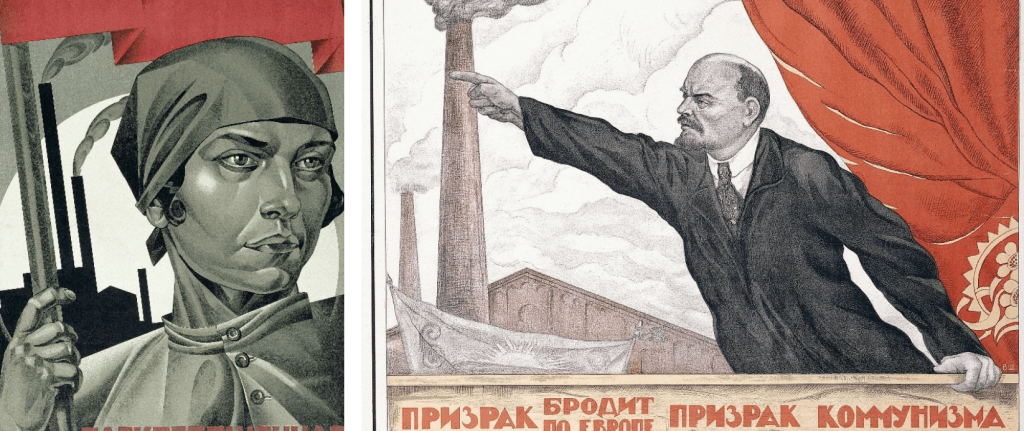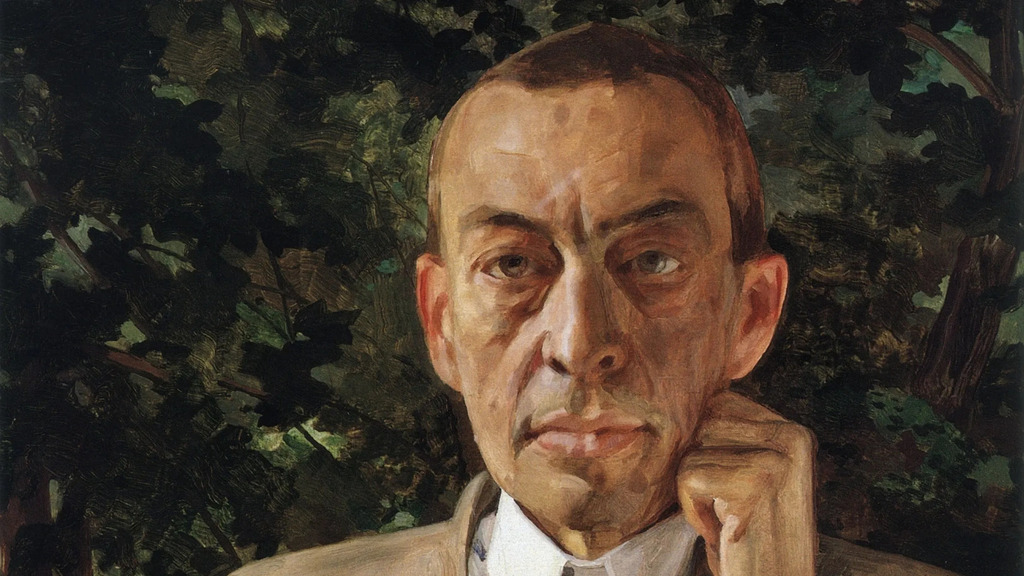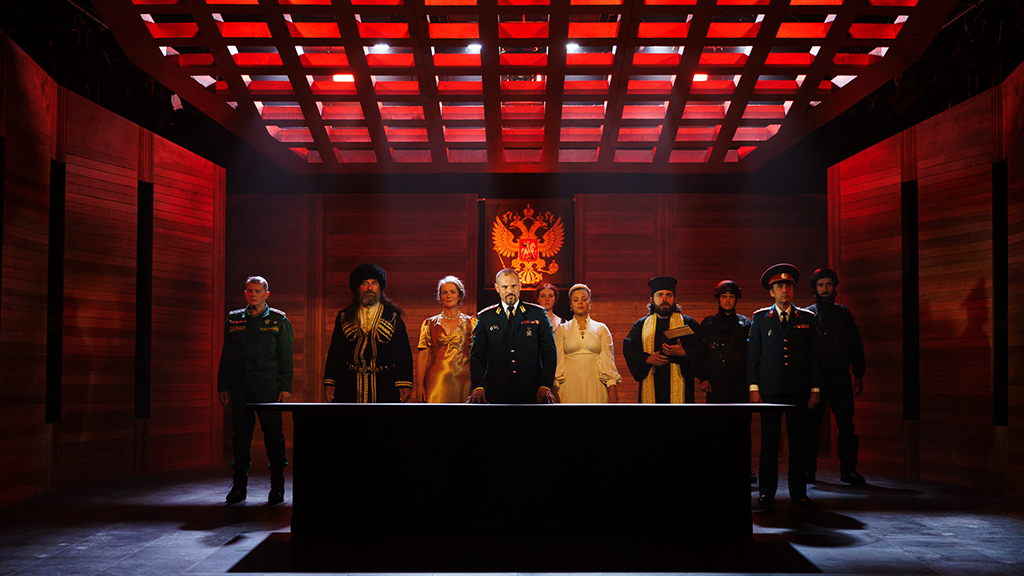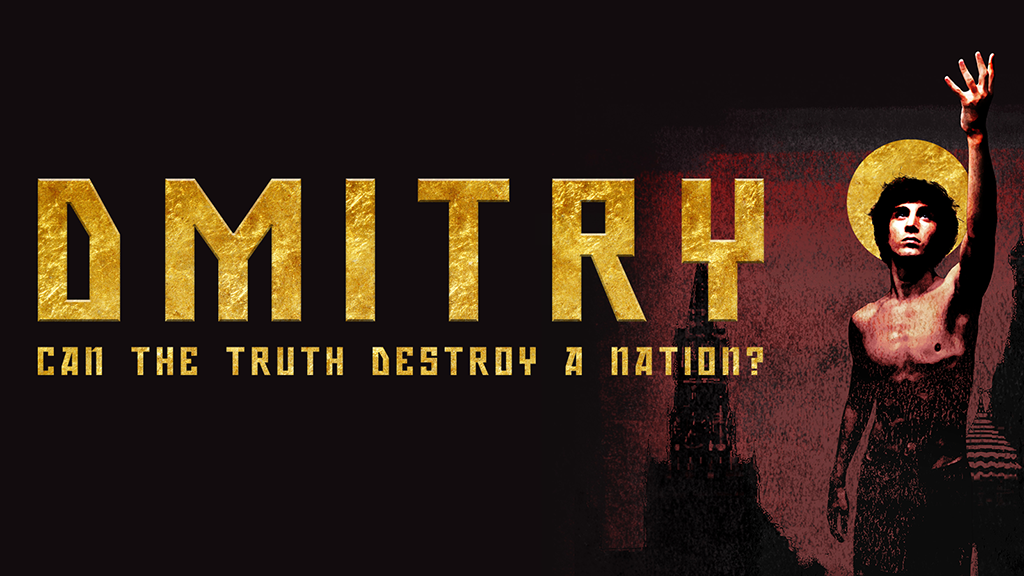
Exhibition: Red Star over Russia
Exhibition in Tate Modern to the centenary of Russian revolution.
To mark the centenary of the October Revolution, this autumn Tate Modern will present Red Star over Russia: A Revolution in Visual Culture 1905 – 55. Drawn from the remarkable collection of the late graphic designer David King (1943 – 2016) the exhibition will offer a visual history of Russia and the Soviet Union. From the overthrow of the last Tsar and the revolutionary uprisings of 1917, through to the struggles of the Civil War and Stalin’s campaign of terror, the show will reveal how seismic political events led to the social transformation that inspired a wave of innovation in art and graphic design across the country.
Throughout his lifetime David King assembled one of the most comprehensive collections of Russian and Soviet material in the world, consisting of over a quarter of a million artefacts by famous and anonymous photographers, artists and designers. Featuring over 250 posters, paintings, photographs, books and ephemera, many on public display for the first time, Red Star over Russia will be a rare opportunity to explore this unique collection. It will provide a chance to understand how life and art were transformed during a momentous period in modern world history, and see how artists such as El Lissitzky, Aleksandr Rodchenko and Nina Vatolina captured the revolutionary hopes of a nation in an extraordinary outpouring of visual material.
From 1905 to 1955 Russian and Soviet citizens struggled against the odds to build a new society. The exhibition will explore how new popular art in the form of posters, periodicals, leaflets and banners informed, educated and entertained the people, filtering into the everyday lives of tens of millions of citizens. One of the new propaganda tools developed by the Bolsheviks was ‘agitprop trains’, which were decorated with vivid murals and travelled the country carrying public speakers, pamphlets, film shows and a printing press to disseminate the policies of the new government . Following the October Revolution, art was taken onto the streets in the form of street performances and pageants, monumental sculptures and propaganda posters, which were displayed on public squares, factories and inside people’s homes. The exhibition will feature striking examples of posters by artists such as Adolf Strakhov, Valentina Kulagina and Dmitrii Moor, whose depictions of heroic, industrial scenes and expressive use of typography captured the revolutionary fervour of the age.
A section of the exhibition will explore the impact of the 1937 ‘Exposition Internationale des Arts et Techniques’ in Paris, which provided an international stage for the Soviet Union to promote the achievements of its art and culture. The magnificent centrepiece of the USSR Pavilion was a giant mural by Aleksandr Deineka which was destroyed when the exhibition ended. A highlight of Red Star over Russia will be the large scale studies which formed the basis for this dramatic mural. In stark contrast, a further section of the exhibition will be dedicated to the memory of the millions who perished in Stalin’s purges, uncovering some of the personal stories of figures erased from history. It will include poignant prison mugshots of the people who lived in tumultuous times, such as Lenin’s closest allies Lev Kamenev and Grigorii Zinoviev, both executed on false charges, and poster artist Gustav Klutsis. whose works adorned the cities squares long after his execution in 1938. Red Star over Russia will also reveal how images were manipulated during a period of widespread state censorship, as political figures were airbrushed from official photographs and images were montaged in order to celebrate the end of the Second World War.
David King was an acclaimed graphic designer, artist and historian. Born in London in 1943, King studied typography at the London College of Printing later London School of Printing and Graphic Arts. He worked as Art Editor of The Sunday Times Magazine from 1965 to 1975 where he was credited with creating the visual identity for the supplement, characterised by dynamic picture cropping and a narrative style of photojournalism. He first travelled to Russia in 1970 on an assignment from the magazine to collect information about Trotsky. Throughout his lifetime he assembled one of the world’s most pre-eminent collections of Russian and Soviet material, consisting of over 250,000 artefacts dating from the late 19th century to the Khrushchev era. He presented the results of his passionate collecting and thoughtful research in a series of revelatory exhibitions and publications which offered a breathtaking visual history of the Soviet Union in a distinctive style. Publications include The Commissar Vanishes: The Falsification of Photographs and Art in Stalin’s Russia (1997, enlarged 2014), Ordinary Citizens: The Victims of Stalin, and Red Star Over Russia: A Visual History of the Soviet Union from the Revolution to the Death of Stalin. David King passed away in May 2016.
SUBSCRIBE
Receive our digest once a week with quality Russian events and articles




